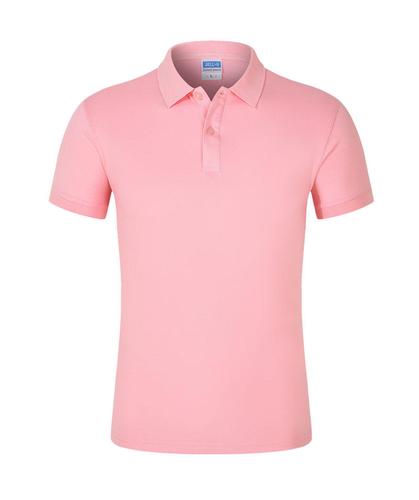Clothing production is a complex process involving many links. The following is a step-by-step analysis of the clothing production process from textile to ready-made clothing:
1. Textile: The clothing production process originated from textile, which includes spinning and weaving. Spinning is the process of spinning fibers (such as cotton, wool, etc.) into yarn, and weaving is the process of using yarn to weave cloth on a loom. These fabrics can be natural fibers (such as cotton, silk, linen) or synthetic fibers (such as polyester, nylon, etc.).
2. Printing and dyeing: Some fabrics need to be printed and dyed to give them color, pattern or special effects. Printing is the process of passing specific pigments or dyes through a printing machine to create a pattern on fabric. Dyeing is the process of soaking the entire piece of fabric in dye to give it the desired color overall.
3. Tailoring: Tailoring is the process of cutting and trimming individual clothing pieces on fabric according to the design draft and size requirements. This process is usually carried out by professional tailors, who precisely use scissors to cut the fabric into the shape of the garment according to the design pattern and size requirements.
4. Sewing: After the cutting is completed, the garment pieces are sent to the sewing workshop for sewing. Sewing workers use sewing machines to assemble different pieces of clothing according to design requirements and instructions, and perform pleats, hems, etc. This process also includes the decoration of various details, such as buttons, zippers, pockets, etc.
5. Ironing: After sewing is completed, the clothes need to be ironed to improve the appearance and texture. Finishing usually includes steps such as ironing, steam baking and mold pressing to make the garment flat and smooth, and to allow the fabric and details to better present and maintain their shape.
6. Quality inspection: After ironing, the garments will enter the quality inspection process. Quality inspectors will carefully check the quality, size, and firmness of sewing of each piece of clothing to ensure that it meets standards and customer requirements. If problems are found, they will be repaired or reworked.
7. Packaging and distribution: After passing the quality inspection, the clothing enters the packaging process, usually folding the clothing and putting it into plastic bags, cartons, and color boxes Waiting for packaging. Finally, the packaged garments are prepared and distributed through logistics channels to retailers or end consumers.
The above are the general steps of the clothing production process from textile to ready-made garments. Each step requires professional technology and experience, and involves coordination and communication in multiple links. Quality control plays a key role in the entire process, ensuring that the garment ultimately meets the design requirements and meets consumer demand.








